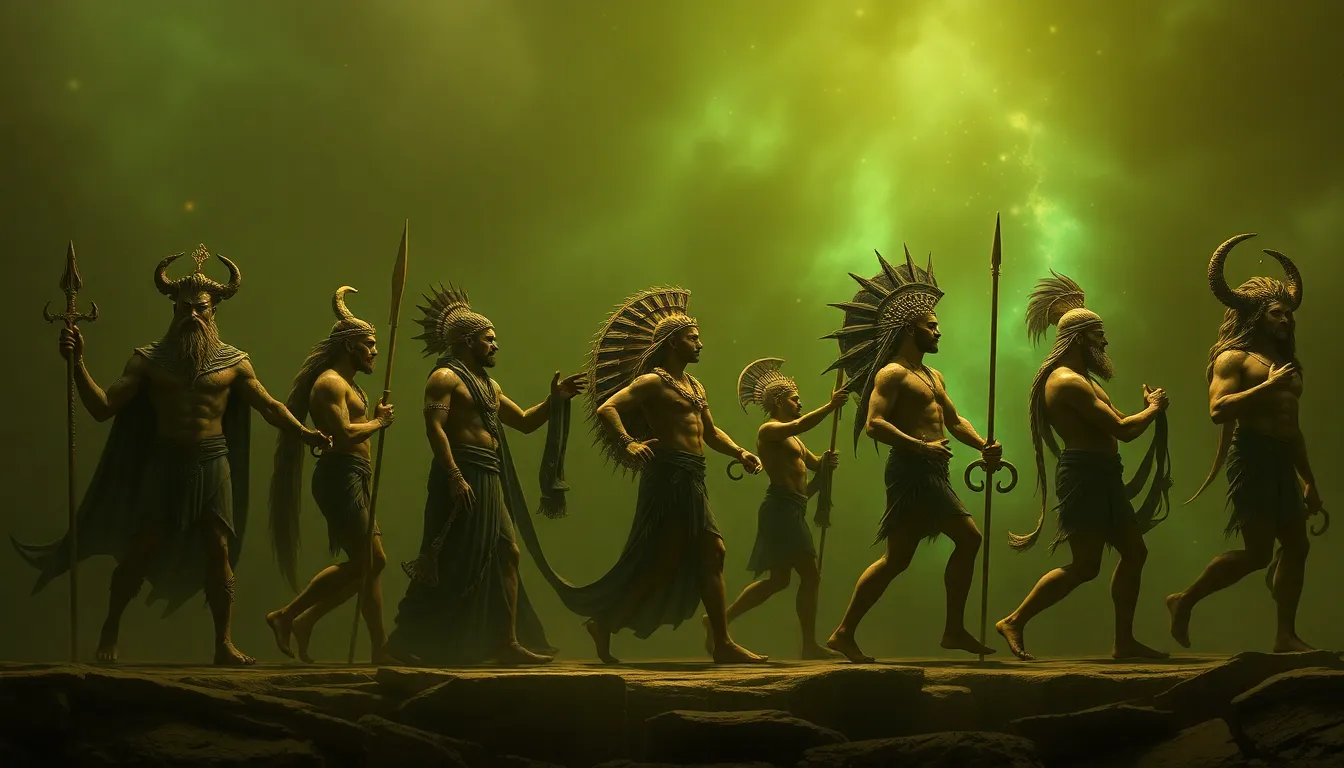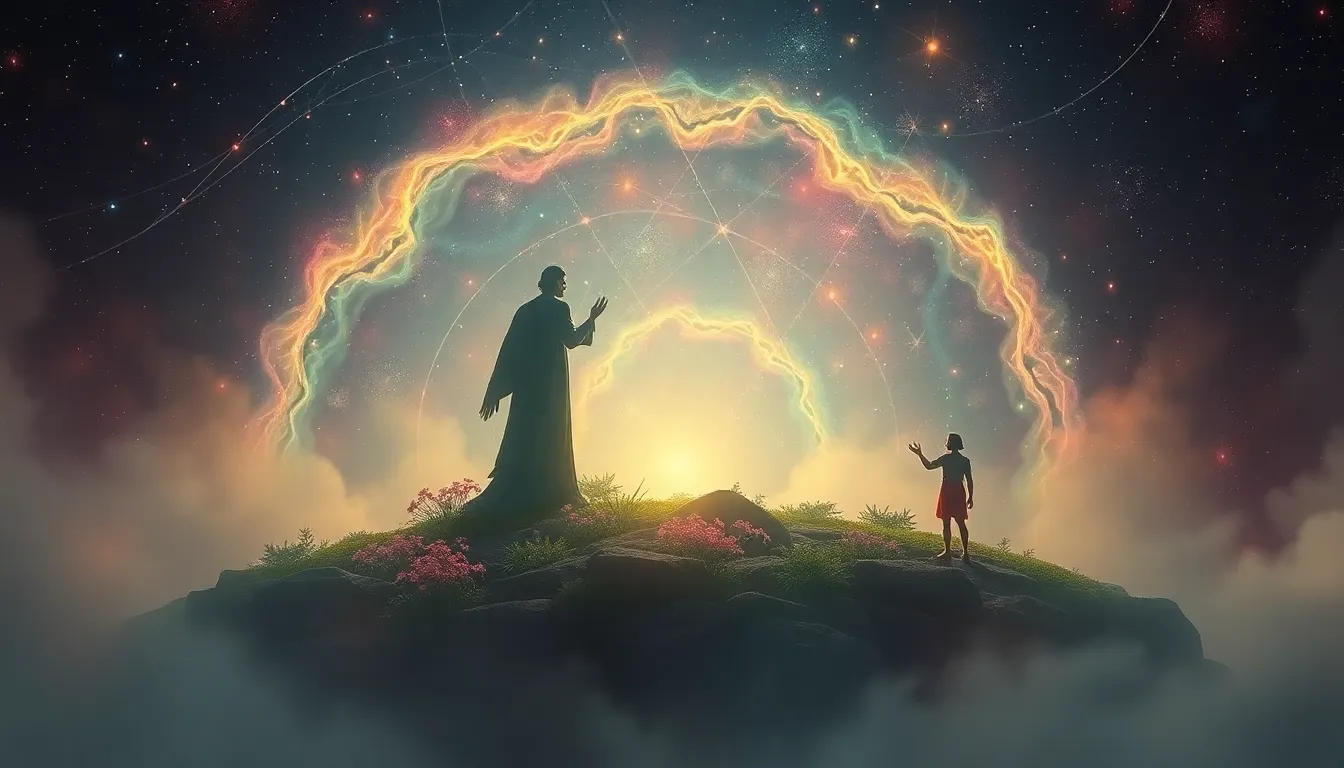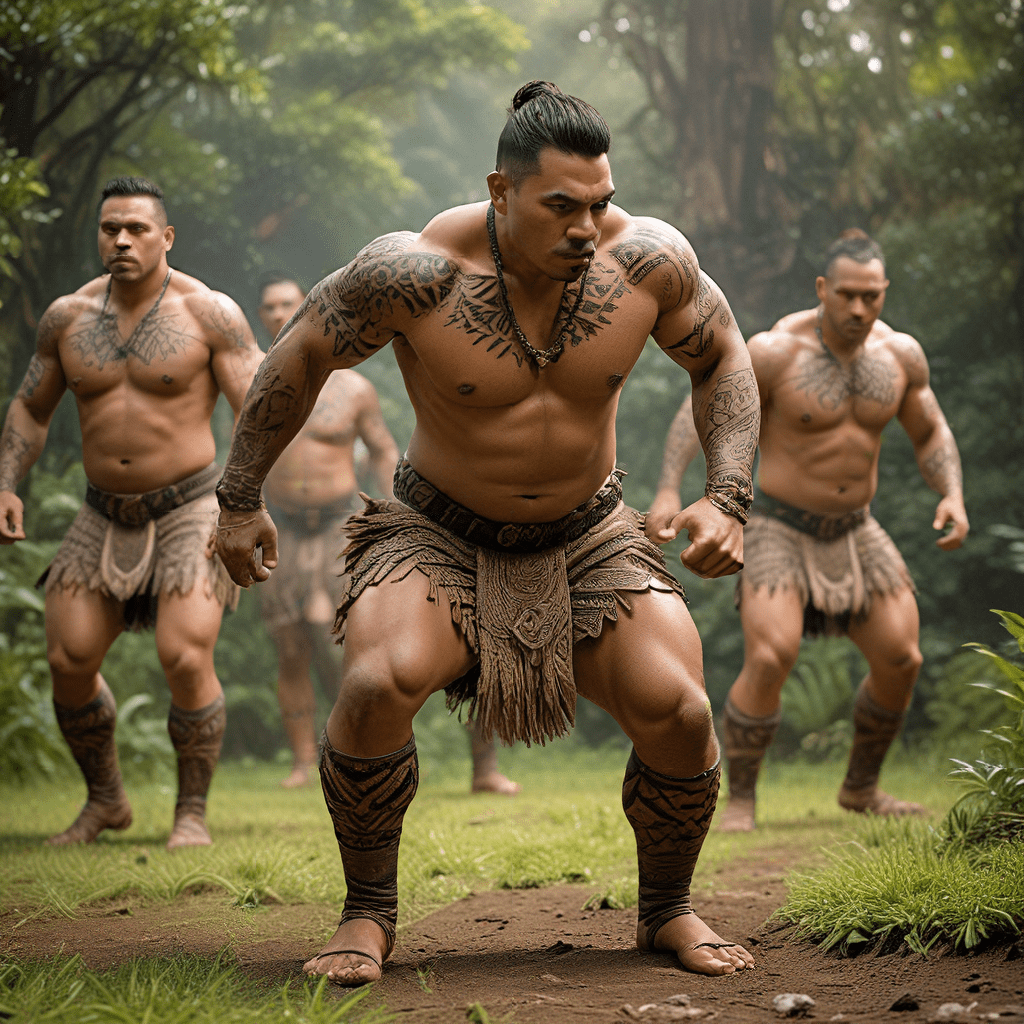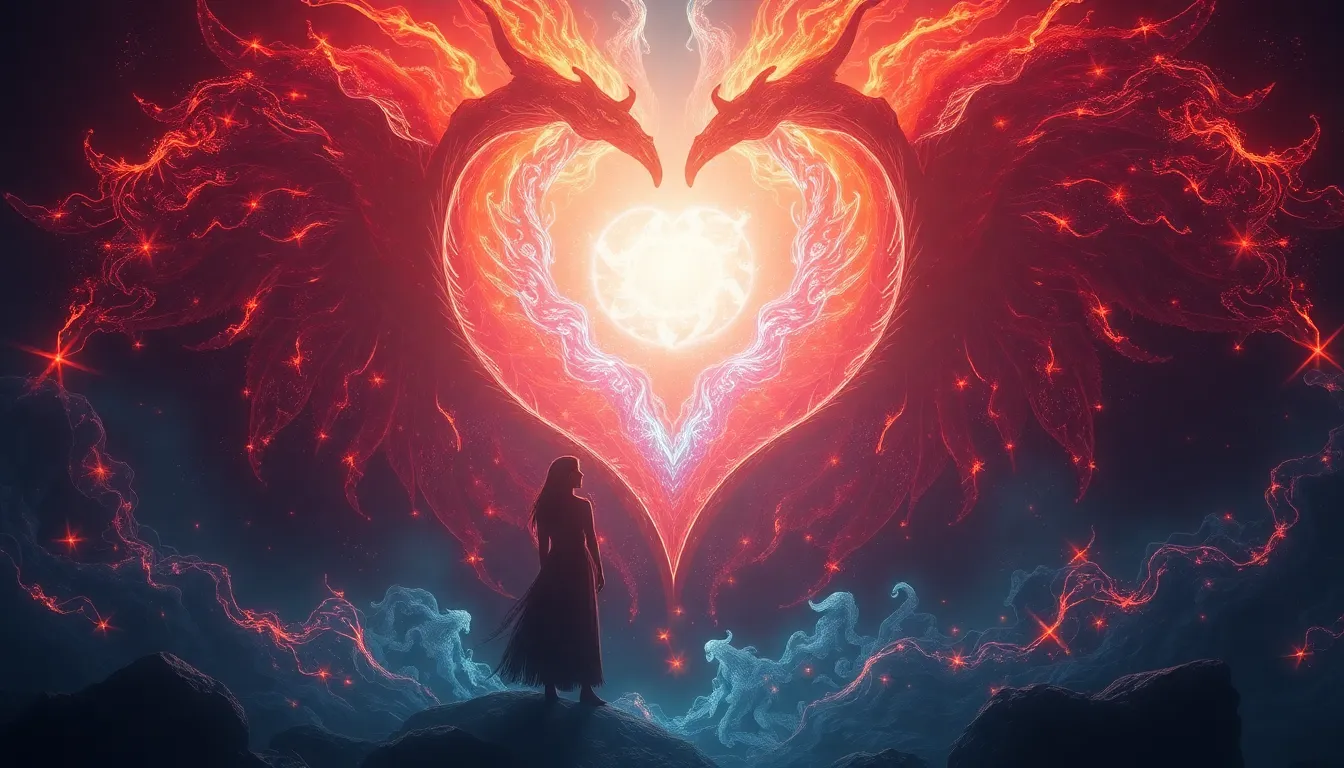The Evolution of Ancient Deities: How Myths Changed Over Time
I. Introduction
Ancient deities represent the collective beliefs and values of early human societies, serving as powerful symbols that shaped cultural identities. These gods and goddesses were often personifications of natural forces, human emotions, and societal norms, reflecting the complexities of the human experience. As societies evolved, so too did their myths, adapting to changes in culture, environment, and social structures.
Understanding the evolution of these deities provides valuable insights into the lives of ancient people, revealing how they made sense of the world around them and the moral frameworks they established. By studying the transformation of myths over time, we gain a deeper appreciation for the rich tapestry of human history and the interconnectedness of cultures.
II. The Origins of Ancient Deities
The origins of ancient deities can be traced to the natural world and human experiences. Early humans sought explanations for the phenomena they encountered, leading to the creation of gods that embodied these forces.
- The Role of Nature: Many deities were associated with natural elements such as the sun, moon, rivers, and earth, reflecting the importance of these forces in human survival.
- Early Polytheism: Societies began to develop polytheistic beliefs, where multiple gods governed different aspects of life, such as fertility, war, and health. These beliefs served essential societal functions, promoting cohesion and shared identity.
- Anthropological Perspectives: Scholars argue that the emergence of gods and goddesses is deeply rooted in human psychology, as people personified their experiences and fears, creating relatable figures to whom they could appeal.
III. The Influence of Geography and Culture
Geography and cultural context played significant roles in shaping the characteristics and attributes of deities. Different environments necessitated unique adaptations in worship and mythology.
- Local Environments: Deities often personified local agricultural practices or weather patterns, such as rain gods in arid regions or fertility goddesses in farming communities.
- Regional Variations: Different cultures developed distinct narratives and worship practices for their deities, leading to a rich diversity in mythology across civilizations.
- Cultural Exchange: Trade routes facilitated the exchange of ideas and beliefs, leading to the evolution of deities. For example, the merging of Mesopotamian and Egyptian gods illustrates how cultural contact can transform religious beliefs.
IV. Syncretism: The Blending of Myths
Throughout history, the blending of myths from different cultures has resulted in syncretism, where deities and their attributes are merged.
- Historical Examples: The conquests of Alexander the Great and the Roman Empire often resulted in the merging of local deities with Greek and Roman gods, creating hybrid figures.
- Conquest and Colonization: Colonizers often imposed their beliefs onto indigenous populations, leading to a fusion of deities and practices. This resulted in new traditions that reflected a blend of cultures.
- Case Studies: Greco-Roman gods exhibit a rich history of syncretism, with deities such as Hermes merging with Thoth from Egyptian mythology, showcasing the fluidity of divine identities.
V. The Transformation of Deities in Literature
Literature has played a crucial role in shaping the portrayal and understanding of ancient deities.
- Impact of Literary Works: Epic poems and myths have immortalized the stories of gods and goddesses, influencing how they are perceived by successive generations.
- Key Texts: Works such as The Iliad and The Epic of Gilgamesh not only narrate the exploits of deities but also reflect the values and beliefs of the societies that produced them.
- Oral Traditions to Written Narratives: The transition from oral storytelling to written texts marked a significant change in how myths were preserved and interpreted, allowing for greater consistency and widespread dissemination.
VI. The Role of Deities in Moral and Ethical Frameworks
Myths often serve as reflections of societal values, providing moral and ethical guidance to followers.
- Societal Values: Ancient myths frequently encapsulated the norms and values of their cultures, offering examples of virtuous behavior through the actions of deities.
- Divine Justice: Over time, the concept of divine justice evolved, with gods representing an ideal moral order and serving as enforcers of ethical conduct among humans.
- Comparative Analysis: Different cultures developed unique approaches to morality, with deity-driven narratives illustrating varying perspectives on right and wrong.
VII. The Decline of Ancient Deities and the Rise of Monotheism
The transition from polytheism to monotheism marked a pivotal moment in religious history, resulting in the decline of traditional deities.
- Historical Context: The rise of monotheistic religions, such as Judaism, Christianity, and Islam, transformed the religious landscape, leading to the marginalization of polytheistic beliefs.
- Factors for Decline: Political, social, and economic changes often fueled the decline of ancient deities, with increasing centralization of religious authority leading to the consolidation of beliefs.
- Case Studies: The transition from ancient Egyptian gods to Christianity illustrates this shift, as the new religion often reinterpreted and repurposed earlier mythologies.
VIII. Modern Interpretations and Revivals of Ancient Myths
In contemporary culture, ancient deities are experiencing a resurgence, with new interpretations and revivals emerging.
- Resurgence of Interest: Modern society’s fascination with ancient myths is reflected in literature, film, and art, showcasing the enduring relevance of these stories.
- Modern Media: Works of fiction and reinterpretations in movies often reimagine ancient gods, making them accessible to new audiences while retaining their core attributes.
- Neopagan Movements: Contemporary neopagan movements actively revive ancient worship practices, seeking to reconnect with the spiritual heritage of their ancestors.
The evolution of ancient deities is a testament to the adaptability and resilience of human belief systems. By studying these transformations, we not only gain insight into the past but also understand the continuing impact of myths on modern culture and spirituality.




